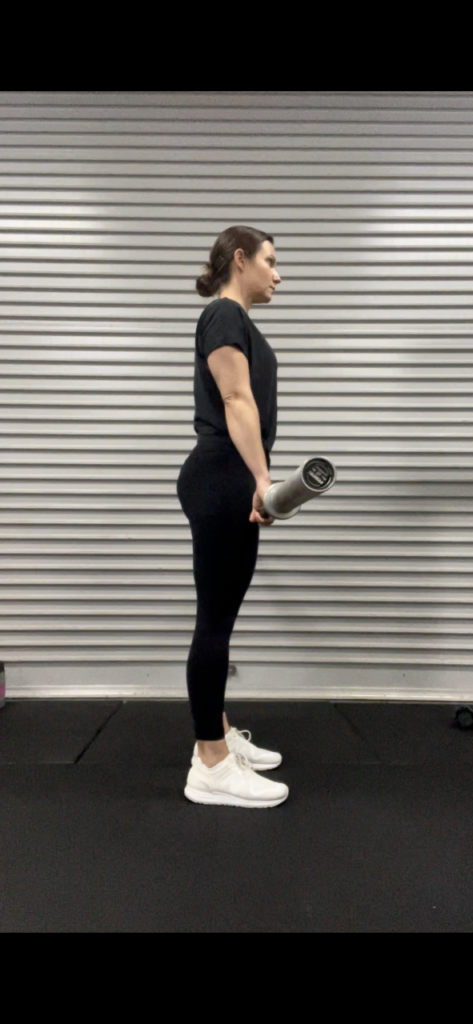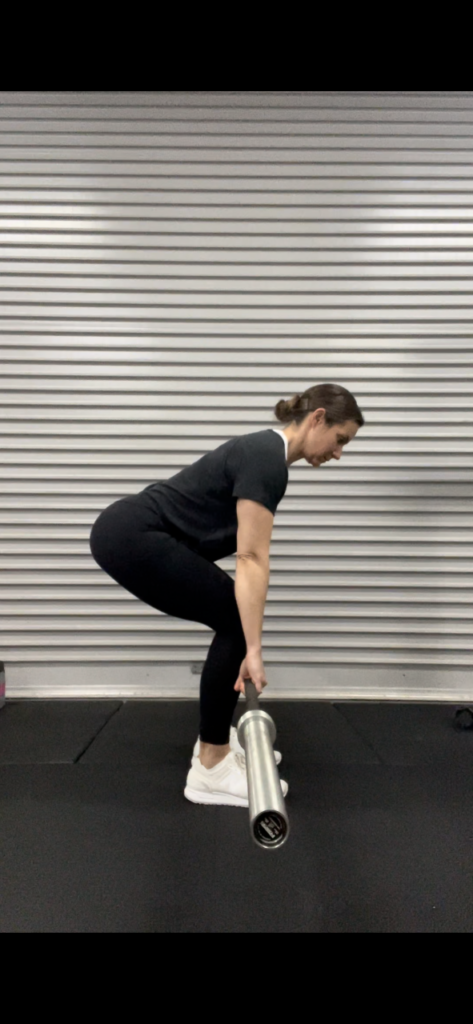Why deadlifts are good for your Back
By Physio, Sarah Bombell
What is a deadlift?
The deadlift movement involves picking up a weight off the floor bringing the body into an upright position then controlling the weight back down to the floor. This movement requires good strength of the back, glutes and hamstrings to lift the weight while maintaining the spine in neutral position. The deadlift is a cornerstone strength movement for many athletes, however it is still an important skill to master for the general population and even more important for those who have experienced back pain.
Why is the deadlift beneficial for low back pain?
So often I hear people say “I don’t deadlift because I have a bad back”. Unfortunately there is a misconception that deadlifts are bad for the back when in fact the contrary is true. There is this idea that if you have back pain then you must have a weak “core” and need to strengthen the abdominals. However many don’t realise that the “core” also involves of the musculature on the back side of the body – the back extensors. We know that those with chronic low back pain have a reduction in size, strength and endurance of the back extensor muscles, therefore strengthening these muscles is so important for improving pain and function. I believe that the reason why there is fear surrounding the deadlift is because many people will injure their backs when bending over or lifting an object off the floor, therefore associating that movement with injury. However, it’s likely that if you have hurt yourself deadlifting you either had poor technique or the weight was too heavy for you. Therefore, if you improve your biomechanics and strength with this movement pattern, then you will become more resilient and less likely to injure yourself lifting in the future. Learning how to bend over and pick up weight with good technique is important for everyone as you will need this skill at some stage in your life.
Where do I start?
Deadlifts don’t always have to be performed with a heavy barbell. Initially you should begin to learn the movement pattern without weight. Learning how to hinge from the hip while keeping a neutral spine is step one. Once you can do this you can add a light weight like a dumbbell or kettle bell. If you’re not comfortable lifting from the ground then prop the weight up onto something so you don’t have to bend over as far. You don’t always have to increase your weight if you don’t feel ready. You can progress by increasing reps, increasing the range of motion, slowing down the tempo or doing a pause at the bottom of the movement. With any new movement pattern it’s all about practice and slow progressions.
Common mistakes when deadlifting that can cause injury
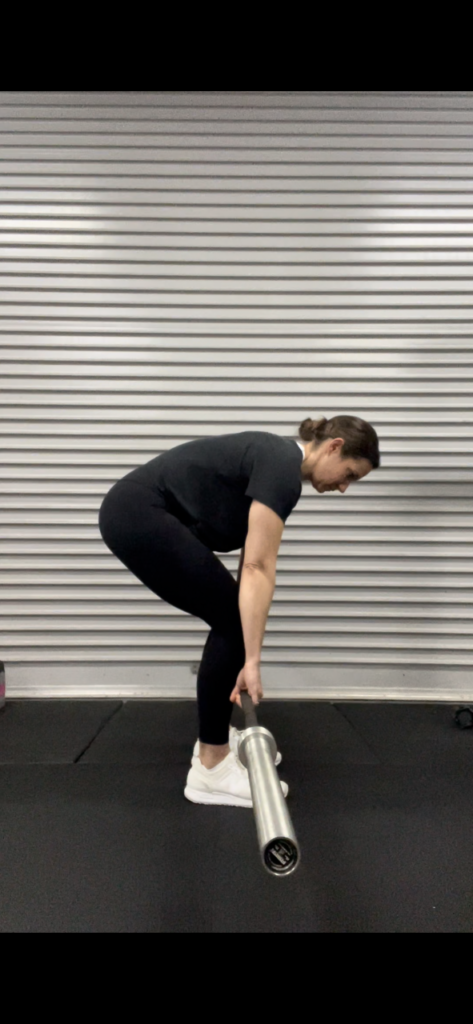 1. Rounding the back – We think this is the biggest no no (although lots of research is currently being done on this)!! Rounding the back when deadlifting is how you can cause an injury. If you are rounding your back there are a few things that may be contributing….
1. Rounding the back – We think this is the biggest no no (although lots of research is currently being done on this)!! Rounding the back when deadlifting is how you can cause an injury. If you are rounding your back there are a few things that may be contributing….
a. You may have not mastered the movement pattern yet and you need to practice the hinging movement more before progressing to a weight.
b. You may be too tight in your hamstrings, meaning as you bend over your hamstrings will pull your pelvis under causing your back to round. If this is happening then you will need to prop your weight up onto something allowing you to keep a straight spine while you’re bent over.
c. You may be trying to lift too much weight and you aren’t strong enough in your back extensors to keep your spine in neutral. Therefore you will need to reduce the weight.
d. You may have not set your shoulders enough. Before you lift you must feel your shoulders pull back tight to help tension the thoracolumbar fascia. This fascia attaches into the lumbar spine and helps maintain stiffness as you lift.
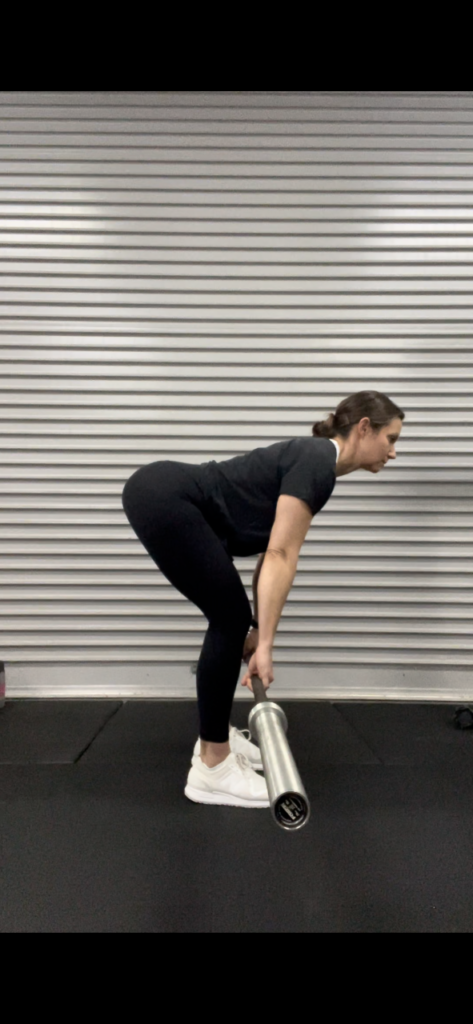 2. Over arching the back – not as dangerous as rounding the back but also not correct. If you are overarching the back when you lift it usually means you aren’t strong enough in your abs to keep the core tight. Again if this is happening you may need to reduce the weight and keep working on the movement pattern before progressing.
2. Over arching the back – not as dangerous as rounding the back but also not correct. If you are overarching the back when you lift it usually means you aren’t strong enough in your abs to keep the core tight. Again if this is happening you may need to reduce the weight and keep working on the movement pattern before progressing.
3. Bar coming away from legs – as you lift the bar should travel a straight vertical line from the bottom to the top of the lift. This keeps the weight over the base of support. If the weight travels away from the legs this puts extra stress on the lumbar spine. If this is happening then you will need to think about keeping the shoulders tight and pulling the bar back to the shins.
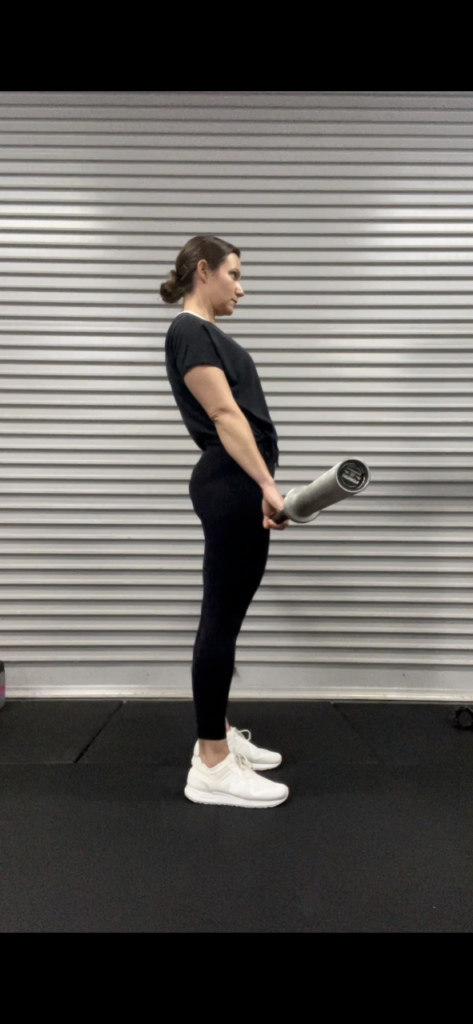 4. Arching back at the top – What I mean by this is when you reach the top, you are leaning backwards instead of standing tall. This will cause a shearing force in the lumbar spine. Once you have stood tall and locked the knees out, there is no reason to lean backwards. This will only put unnecessary loan on the lumbar spine. I like people to feel like they are standing tall at the top of the lift while keeping the core tight, and this should correct the arching back.
4. Arching back at the top – What I mean by this is when you reach the top, you are leaning backwards instead of standing tall. This will cause a shearing force in the lumbar spine. Once you have stood tall and locked the knees out, there is no reason to lean backwards. This will only put unnecessary loan on the lumbar spine. I like people to feel like they are standing tall at the top of the lift while keeping the core tight, and this should correct the arching back.
If you have any questions about deadlifts or wish to learn how to perform them better, book an assessment with Sarah to help with your technique in Clinic www.mygcphysio.com.au or phone 07 55006470
